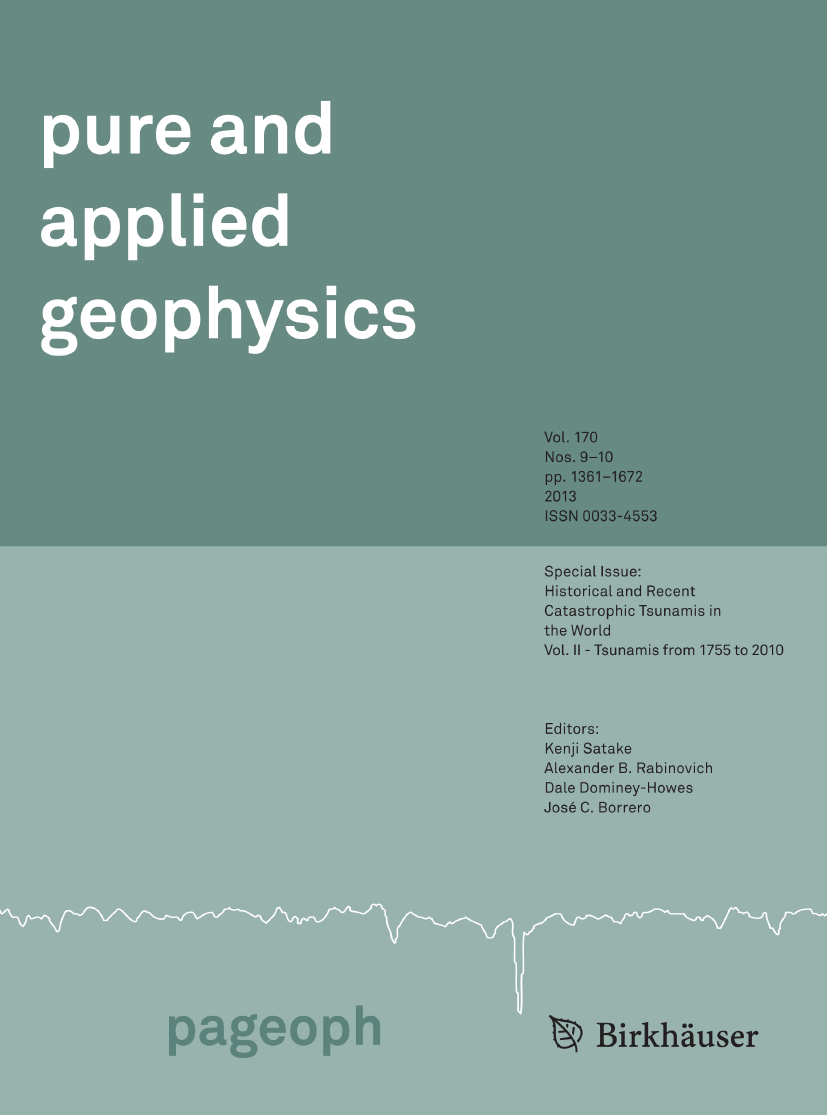At present there is an experimental seismometer set up at Ingleborough Cave (at Clapham, in the Dales).
The following resource has been flagged up on here several times in the past:
The British Geological Survey provides up-to-date information on recent and historical earthquakes, educational resources, and seismic hazard services
www.earthquakes.bgs.ac.uk
It records earthquakes and gives the location of the epicentres. A small quake (only Mag 2.5) occured near Buxton in the Peak District on 2nd January this year. So I asked the owner of the seismometer if he'd picked it up in the Dales. The answer was a definite "Yes" and he sent me this screenshot of what he'd captured.
What we can learn from this is that the effects of even small(ish) earthquakes are detectable a long way away. This may mean that loose areas in caves a considerable distance from their epicentres might need special care after a quake. (Buxton is something like 80 miles from Clapham).
I do remember a fairly dramatic event in a Dales cave that was almost certainly caused by an earthquake offshore from Grimsby (a lot further away than Buxton).
It's probably best to be aware that it's not just local earthquakes that need to be taken into account.
(Disclaimer; I'm no seismologist, just a caver with a healthy respect for loose boulders.)
View attachment 18260





